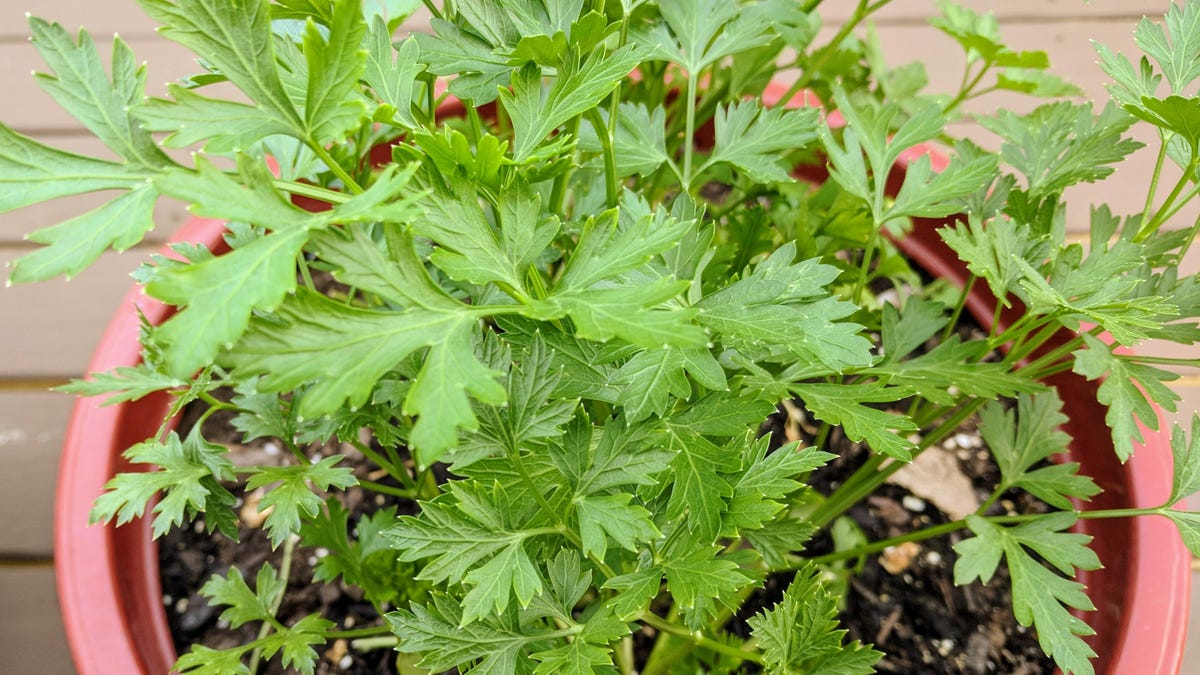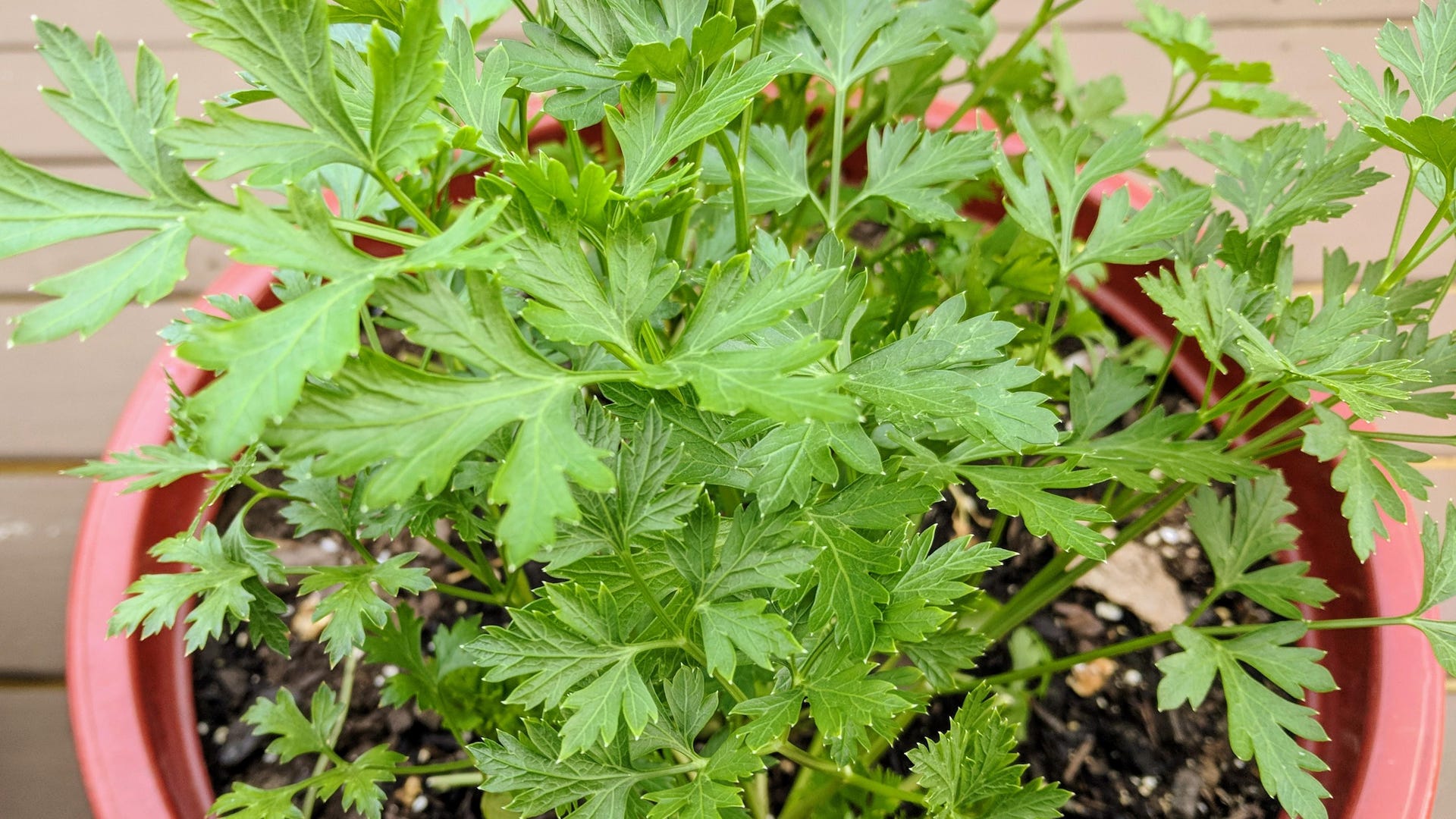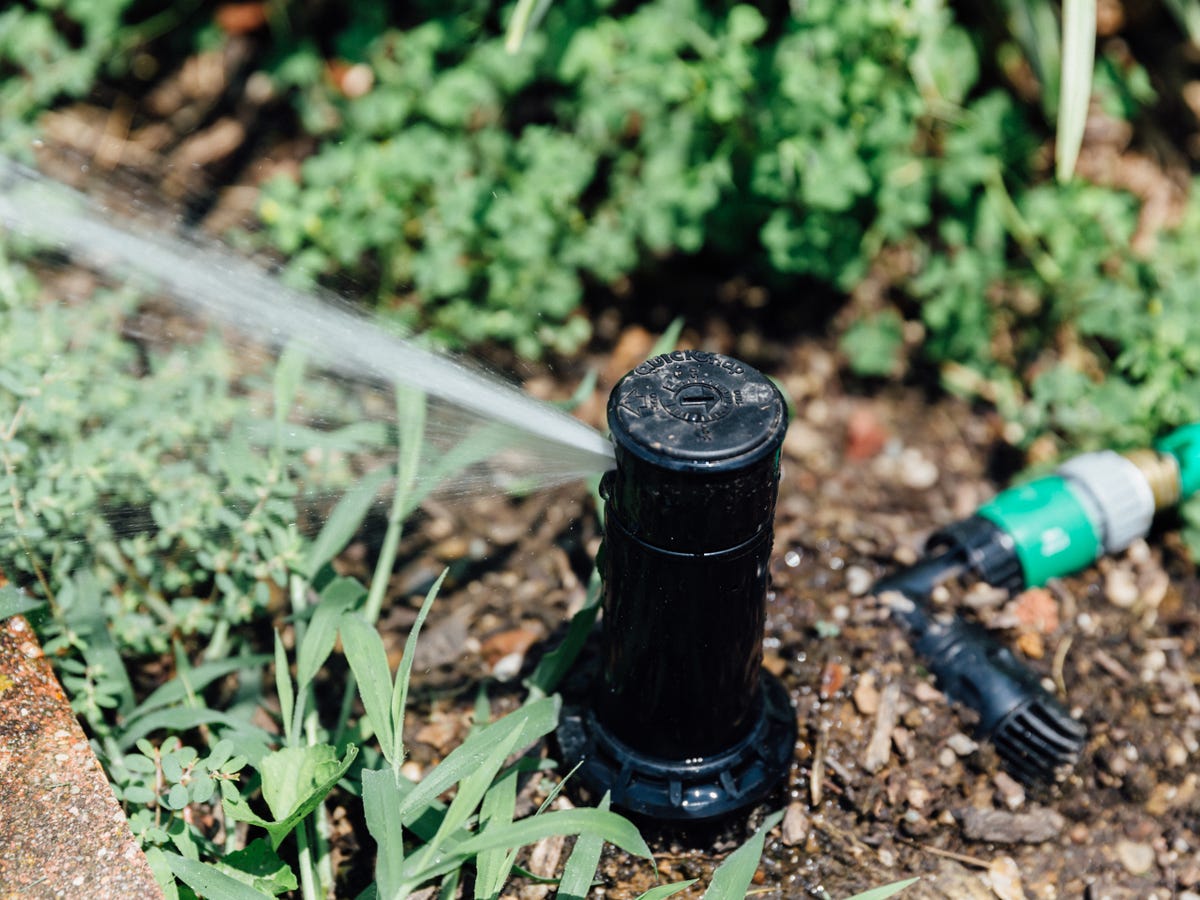 Why You Can Trust CNET
Why You Can Trust CNET
Our expert, award-winning staff selects the products we cover and rigorously researches and tests our top picks. If you buy through our links, we may get a commission. Reviews ethics statement
Growing your own herbs is surprisingly simple -- even beginner gardeners and those known to have a black thumb can make an herb garden thrive. This is because herbs require very little investment of time and, importantly, cost. They grow well indoors and outdoors, smell divine and grow rather quickly, giving you a lovely array of herbs to spice up any dish in a pinch. That eventually translates to fewer trips to your local grocer, which will save you time and money over time.
All that's required are proper materials, a suitable location and a workable plan. Here's what you need to do.
You should also read whether it's cheaper to buy groceries online than in the store and whether meal kits are more cost-effective than buying individual ingredients. Once you master growing herbs, you can move on to growing your own vegetables.
1. Find the right location
Location will directly impact how well your herbs will grow. Most herbs need consistent sunlight every day, so find a location in your home or yard that receives at least 6 to 8 hours of direct sunlight per day.
You should also take climate into consideration. Most herbs are relatively hardy, certain herbs like marjoram are sensitive to colder temperatures and won't survive. In general, most herbs prefer and grow faster in warm environments, so if you live in an area that regularly experiences freezing temperatures in the winter months, consider growing your herbs indoors.
2. Choose the herbs you want to grow
If this is the first time you've tried growing herbs, start simple. Parsley, mint and basil are good options for pot growing. They all tend to grow prolifically and don't mind frequent harvesting. Here is a breakdown of the most popular herbs used in cooking and how to grow them at home.
Basil
Relatively easy to grow, basil prefers sunny locations. It also does best in rich soil that's well watered.
Cilantro
The taste of cilantro can be controversial, but it is certainly versatile and easy to grow indoors. This plant can be referred to by two names: cilantro (the harvested leaves) or coriander (the harvested seeds), meaning it can give you two different products from one plant. Cilantro is easy to grow -- especially indoors -- as long as it's given 6 hours of sunlight, moist potting soil and exposure to consistent temperatures between 50 degrees Fahrenheit and 80 degrees Fahrenheit (10 degrees Celsius to 27 degrees Celsius).
Mint
With an aggressive growth rate, mint is best in its own container and above ground. It can handle shade but it's better suited to strong sunlight.
Oregano (Greek)
This herb has small and flavorful leaves. It requires full sunshine and lots of drainage. Greek oregano is also a tender perennial that you'll have to bring inside during winter months.
Parsley (flat-leaf)
Chefs prefer flat-leaf parsley over curly since it has more flavor. Parsley does best in moist, well-drained soil and can grow in partially shaded areas.
Rosemary
The resinous leaves of rosemary are highly aromatic. The herb requires cool climates with plenty of sun and moist (not wet) soil. It's also best to bring rosemary indoors for the winter.
Thyme
This herb has heavily scented leaves and prefers less water. You do need to give thyme exposure to full sunlight and well-drained soil.

Enlarge Image

Flat-leaf parsley is easy to grow and has lots of flavor.
Brian Bennett/CNET3. Pick some pots
One huge appeal of a homegrown herb garden is it's always ready for action. Need to spice up that pasta or chicken roast? Just grab a few leaves of basil, sage or a sprig of thyme. With a pot, you can place your herbs in convenient locations, like on your porch, your deck, your kitchen counter, or your windowsill.
The material of your container can vary. Clay, wood, resin and metal are all options. What's most important is that it provides enough drainage. Any pot or planter you use must let excess water escape, which is why most planting container bottoms have holes in them.
Mason jars are pretty to look at, but they don't make the best herb gardens. Without proper drainage, your herbs will eventually experience root rot.
Pick a container that matches the size of the herbs you'll grow. Choose something too large and your plants will spend excess energy growing their roots. A cramped planter will cause your herbs to become rootbound (in other words, pot-bound). That'll hamper their nutrition, stress them or even kill them.
Plug in your plants with these 15 connected garden gadgets (pictures)
See all photos4. Get the right soil
When it's time to plant your herbs, use a well-draining potting soil mix -- you can even find soil mixtures specific for growing fresh herbs. Avoid using soil from your garden, as it may contain pests or diseases and doesn't drain as effectively. Potting soil is lighter and more porous, and garden soil is dense and traps (or blocks) moisture inside containers.

Don't forget to water your herbs regularly.
Tyler Lizenby/CNET5. Water and fertilize correctly
Most herbs prefer evenly moist to dryer soil. It's best to water the plants when the top inch of soil feels dry, but be careful not to overwater, as this can lead to root rot.
Finding the right water routine is necessary for thriving herbs, but proper fertilizing is also critical. After finding a water-soluble fertilizer designed for herbs or vegetables, follow the instructions on the fertilizer packaging for the ideal dilution rate and frequency of application. It's best practice to dilute the fertilizer to half-strength to avoid over-fertilizing and to only fertilize every two to four weeks during the growing season.
6. Prune and harvest regularly
It takes constant, regular care for herbs to flourish. That means you must prune them on a consistent schedule. It's best to use clean, sharp scissors to snip off the top growth.
You'll need to harvest the herbs often too, since this primes them for new growth. Clip off leaves as needed, making sure not to remove more than one-third of the plant at a time. Just be sure to match any treatment of your herbs to their specific variety.
Bonus tips
Use starter plants
If you're worried about your inexperience, you can opt to use starter plants for your herbs. This will save you two to three weeks of grow time and increase your chances of a successful harvest.
Preserve your herbs
It would be devastating to do all of this work growing and harvesting fresh herbs, only to have them brown and spoil in a few days in your refrigerator. It's best to plan your meals around the herbs that are ready for harvest, but if you can't immediately use all of the herbs, there are two methods for preserving the herbs for further use:
- Freeze: Herbs with thick leaves, like rosemary and sage, can be frozen to preserve them for later use. This method can be ideal since freezing not only better preserves nutrients, but herbs can also retain their flavor better when frozen rather than dried. You can freeze herbs for up to three to six months.
- Dry: Always dry your herbs indoors and away from direct sunlight. You can strip leaves off the stems to quicken the drying process. Once herbs are all dried out and have a crispy texture, you can then store them in airtight containers. Dried herbs typically last between one to three years -- specifically dried green herbs, including basil, oregano, thyme, rosemary, bay leaves, dill, parsley, cilantro, mint, marjoram and sage, can last between six months and three years.
Want to learn more about growing your own food? Read our guide on growing your own vegetables and our tips on growing your own garden indoors.
More money-saving tips for the kitchen
- Try This Easy Stove Trick to Save Money in the Kitchen
- Spend Less on Groceries by Stretching How Long Your Food Lasts. Here's How
- Whole Foods Is No Longer Whole Paycheck: How Shopping There May Actually Save You Money
- Yes, You Can Buy Good Wine for Cheap. Here's What to Look For